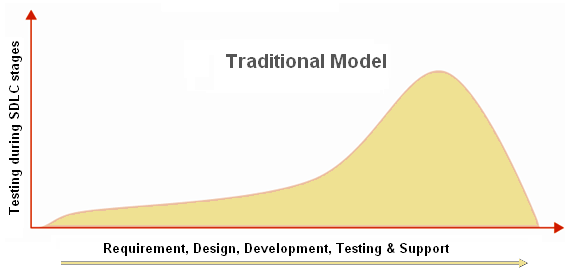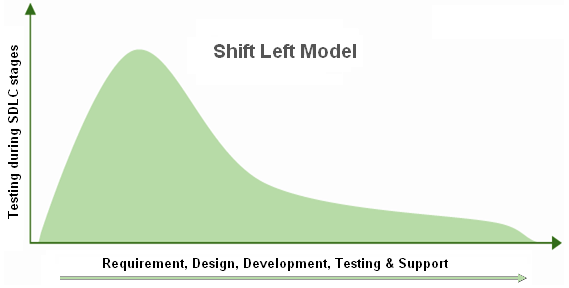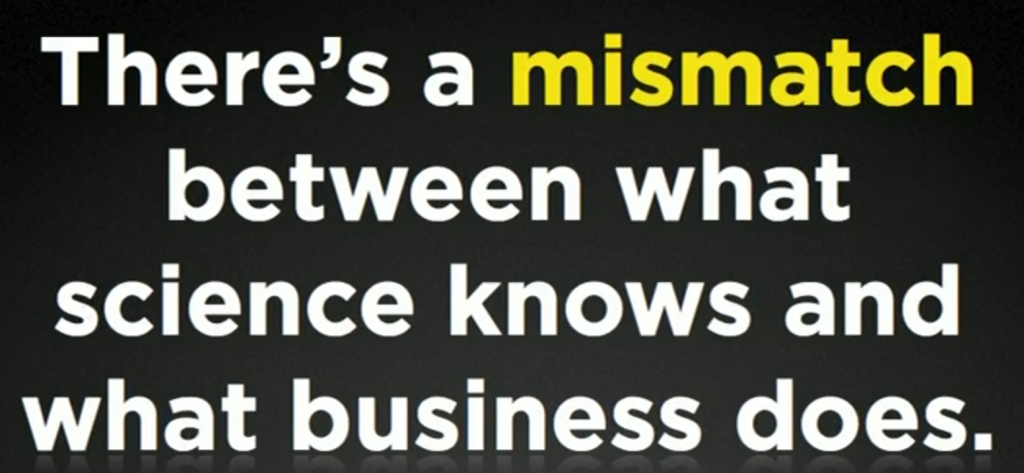I have had the opportunity to work for the better part of my professional life in product-oriented businesses and build my experience around product discovery, definition, design, development, and delivery. Recently, I have recognized more questions from leaders of project-based businesses aspiring to become product-led. Most of my discussions are centered around software, hence I get asked whether moving to a product focus of selling software is a good idea, I respond along with the following:
What are you building today?
a) Are you building and selling customer-made software solutions built for bespoke customers based on their specific requirements and on cost allocations specific to their customer-specific scope and schedule? – Or
b) have you built software in a generic fashion for many customers on an anonymous market sold with a standard license fee or online services subscription fee?
Moving from a.) to b.) is not a trivial effort and requires changes on several fronts starting from a mindset, involving processes and structures, skill sets, and most importantly the financial runway to afford a significant investment before returns can be expected.
Mindset change
The next question to ask: How do you run your business, specifically, how do you set priorities, for example for your developers and how do you measure your – their – success?
Is success a) closing all requirements raised and committed to by the specific customer and b) ensuring that all developers are allocated to specific customer projects and book as many billable hours as possible? Are you applying a traditional plan-driven, waterfall approach to planning and committing projects with fixed scope, timeline, and resources while tracking the progress of projects via milestones? Or –
Are you ready to ready to shift to a goal-directed, long-term, and continuous product planning approach with iterative detailed planning and delivery cycles focused on maximizing customer value?
Process and structures overhaul
How are the processes and structures at your organization set up?
Are project managers running projects in a traditional top-down approach checking frequently on developers whether they adhere to a set of specs with the command-and-control style of management?
Or do you have established professional product management, user experience (UX), and product design? How well do your teams apply agile and DevOps? How mature are your system architecture and the software craftsmanship of your organization? How well do your teams manage to deliver high-quality products and services consistently?
Acquiring new sets of skills
How up-to-date is the skills of your organization and your senior leadership about agile, DevOps, SaaS / PaaS, architecture design “born in the cloud” etc.?
Seeding before harvesting:
Invest into the product journey before expecting to generate lasting returns: Organizations aspiring to shift from project-based, bespoke customer development and system integration services to generic product-based – or even platform – business is usually attracted by the typically higher margins of product businesses – particularly once they manage to scale their product revenue faster than costs for running the business. Investors are attracted by significantly higher company valuation of software product businesses as well.
However, before enjoying such higher returns as business outcomes typically requires significant and sustained investment in developing and upgrading skills, replacing, or upgrading of tools, processes, and practices – particularly when needing to retain the current services business in parallel. The shift from project-driven to product-led does not happen overnight and certainly not accidentally or just based on opportunistic efforts.
On this journey towards a product-led business, setbacks should be expected and allowed for as part of the organization’s learning. Senior leaders expecting short-term results are bound to be disappointed. Without the readiness of executives to invest systematically, strategically, and over considerable time I would not bet my money on the success of the transition from project to product.














